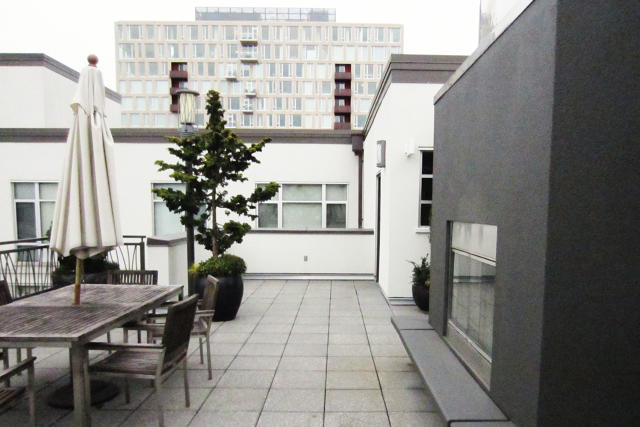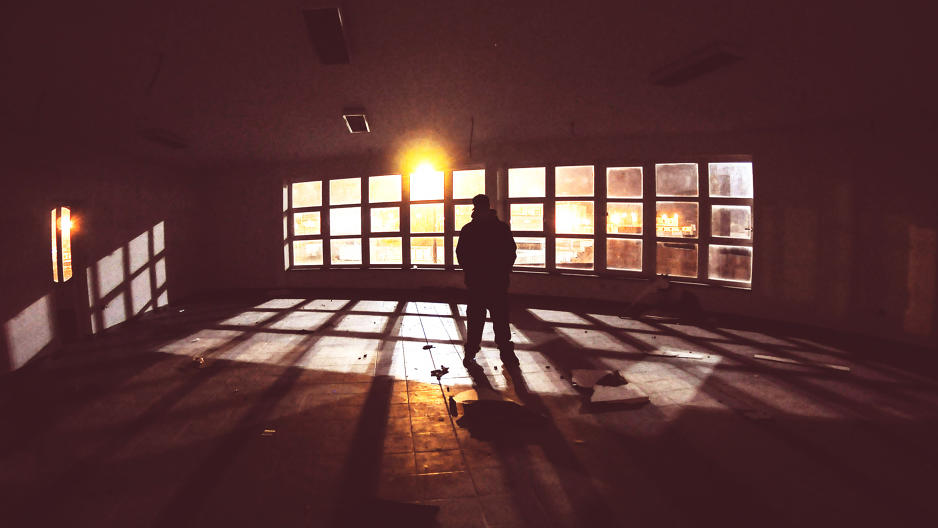Five Low-Cost Ways To Build A Powerful Work Culture From Scratch
My first office wasn’t much to look at. In fact, it wasn’t an office at all. It was my loft apartment in Vancouver. There wasn’t a fancy coffee machine or a foosball table or even a real desk to work at. But there was a rooftop patio, a little space where my tiny team and I could retreat to after work to have a drink and admire the view. To this day, I’m convinced that that modest rooftop—and the culture it created—was one of the main reasons my company’s earliest employees stuck around.
Some elements of culture are deep, sacrosanct, and intangible—the values and mission that underlie whatever it is you sell or make. Others represent a real and important investment—benefits and options plans, company retreats, sleek office space, and so on. But building a great culture from scratch doesn’t always have to entail a huge cost or commitment. For most early-stage startups, culture simply has to come on the cheap.
In my experience, some of the most powerful culture-building tools are basically DIY hacks. And even though Hootsuite now has around 1,000 employees and so much about the company has changed, it’s those low-cost culture hacks that have been easiest to scale. These are the ones that have proved most effective.

1. A Rooftop Patio (Even A Tiny One)
After my first experience with a rooftop patio, I was hooked. My second office had one, and when we outgrew that, so did my third. These weren’t fancy spots by any measure; they were humble enough not to add much to our leasing costs. But they did offer a space to retreat to that wasn’t a workspace. I think having this kind of safe zone—even if it’s small—completely changes how people interact. Being able to duck outside with a colleague for a few minutes helps blend the line between office and life (which is one of the real secrets of great culture).
Early on, those rooftops were the scenes of impromptu lunches and after-work beers. They offered a refuge from the pressures of growing a company and a place to let off steam. I was recently reminded how important this principle is when our London office finally graduated to a new space with an expansive rooftop patio—a scaled-up version of our scrappy earlier spaces. Suddenly, they’re hanging out after work and gelling as a team.
Just putting a keg beside your desk doesn’t make a celebration. A dedicated space to escape can make all the difference, though, even if it’s only a few square feet.
2. Breaking Bread Together
Food is a social thing. But company dinners, especially when you grow to a certain size, can get prohibitively expensive. And when you’re stuck at a table, it can be a challenge to mix and mingle, which kind of defeats the purpose. We overcame this early on with a potluck-style strategy that brought together the joys of eating with the thrill of competition: the “guac-off.”
Our first guac-off in the company’s early years featured 11 competitors and three simple rules:
- No premade guacamole
- Contestants have to prepare their creations live
- Everyone has to have fun
Since then, it’s become an annual tradition. We’ve added different categories (authentic, fusion, freestyle, etc.) and on occasion thrown some margaritas into the mix.
Over the years, we’ve embraced other DIY food traditions. Among my favorites: “rookie cookies.” New employees have the option of baking (or buying) cookies for their department. These are set out on their desk, which lures over the rest of the team for casual introductions throughout the day. It’s a low-stress way to meet new colleagues and informally onboard new hires.
3. Company Swag Designed In-House
Lots of companies pump out piles of branded T-shirts, beer koozies, keychains, hats, and stickers. This swag is usually mass-produced by a merchandising company, then pawned off on employees and customers alike. Most of the time it’s ugly, poorly made, and discarded as soon as it’s handed out.
So instead, we handed the creative process over to our own graphic designers right here in-house. And we emphasized that the goal wasn’t to plug Hootsuite, but to create T-shirts, hoodies, even socks that people wouldn’t be embarrassed to be seen in. It seems to have worked. In fact, there’s always a backlog of orders for the latest designs.
This isn’t a costly measure, either. Putting a little style in your swag reinforces the feeling that there’s something special going on and something worth being part of.
4. Random Coffee Meetups
As companies grow, imaginary walls spring up between departments. Before you know it, the sales team and the engineering team feel like two totally different companies. This is a huge problem, and there’s really no easy fix. But one hack we’ve discovered to at least break the ice is a “random coffee” program.
Employees sign up and are paired with a peer, blind date-style, from another department. Then they set up a time to meet over a coffee break. It turns out this can be just the nudge that’s needed to open up a future connection with other teams. It’s not that people don’t want to cross departmental divides, after all. It’s often simply that they don’t have a space or a system that lets them do so.

5. DIY Parties Are More Fun
Company parties aren’t just a nice perk, they’re also a way to strengthen bonds between team members. But here’s the thing: Gatherings for dozens—if not hundreds—of people can easily get cost-prohibitive. If there’s a restaurant or venue involved, even a pretty low-key event can break budgets. That’s why many companies limit themselves to just one or two bashes a year.
Early on, we found a workaround, really out of sheer necessity: a DIY party concept we called “Parliament.” Each month, two departments would join forces to host a fete for the entire company, right in the office.
We’d offer a modest budget of just a few hundred dollars and pretty much complete autonomy to design their dream office party. We even added a competitive element: At the end of the year, employees would vote on the best bash, with winners getting yearlong bragging rights. The result was a crescendo of increasingly creative themed parties: from a Mexican beach night to a disco-themed country fair and an ’80s-inspired high school homecoming. This may sound silly, but these Parliaments went a long way toward strengthening our culture as Hootsuite grew from 100 to 1,000 employees.
None of these culture-building hacks is especially involved. And none of them will mean much unless a company already has a foundation in place: a mission, a commitment to employees, a healthy work environment. But in many respects, a company culture is the sum total of the little things. It’s whatever makes someone excited to come to work at the start of the week, rather than indifferent.
Creating this atmosphere doesn’t require a huge budget or elaborate perks, but it does take genuine attention and interest from management. Great cultures may be born organically, but to grow and thrive they need support.
Fast Company , Read Full Story
(13)














